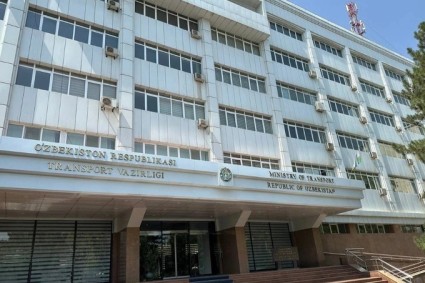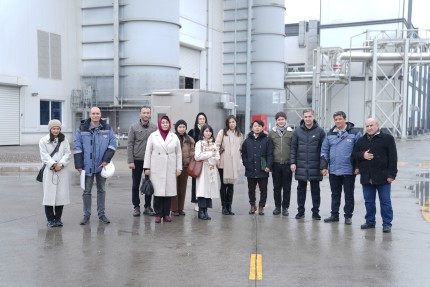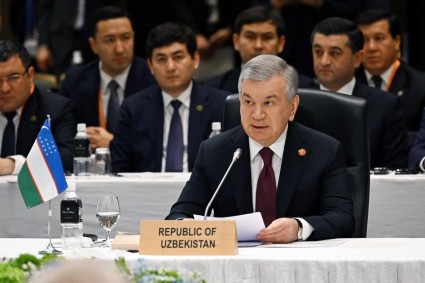Since Monday evening, Tashkent has been experiencing high air pollution levels, Uzhydromet said in a statement, and urged to take precautions: spend less time outdoors and wear masks.
Over the past 24 hours – from 9:00 AM on Monday to 9:00 AM on Tuesday – according to data from automatic air monitoring stations, the concentration of fine particulate matter PM2.5 (up to 2.5 micrometers in diameter) was 143 µg/m³. This is 2.4 times higher than the maximum permissible daily concentration (PDC) according to the national standard (60 µg/m³).
The average concentration of fine particulate matter PM10 (up to 10 micrometers in diameter) over the past 24 hours was 189 µg/m³, which did not exceed the PDC (300 µg/m³).
Also, the air is heavily polluted in Andijan – at 10:00 AM, the concentration of fine particulate matter PM2.5 was 314 µg/m³, which is 8.9 times higher than the average annual norm (35 µg/m³). Residents were also urged to wear masks outdoors.
Note: Since the evening of November 10, Uzhydromet has started publishing the average daily values вАЛвАЛof PM2.5 and PM10 indicators for Tashkent (previously, only average annual values вАЛвАЛwere published). While the average annual permissible value for PM2.5 according to the national standard is 35 µg/m³, the average daily value is 60 µg/m³, and for PM10 – 500 and 300 µg/m³ respectively.
The maximum permissible levels of PM2.5 for Uzbekistan were approved by SanPiN 0053-23 in May 2024. These levels vary in different countries. The World Health Organization recommends that countries ensure that the average annual concentration of PM2.5 in the air does not exceed 5 µg/m³, the average daily concentration does not exceed 15 µg/m³, and the concentrations of PM10 do not exceed 15 and 45 µg/m³ respectively.














